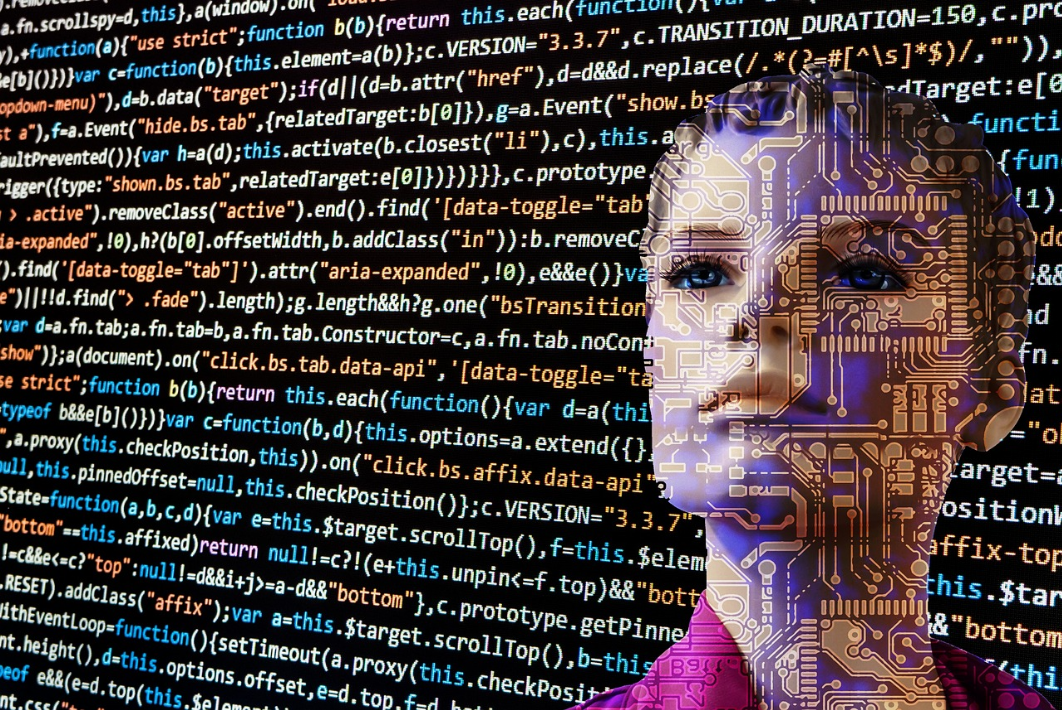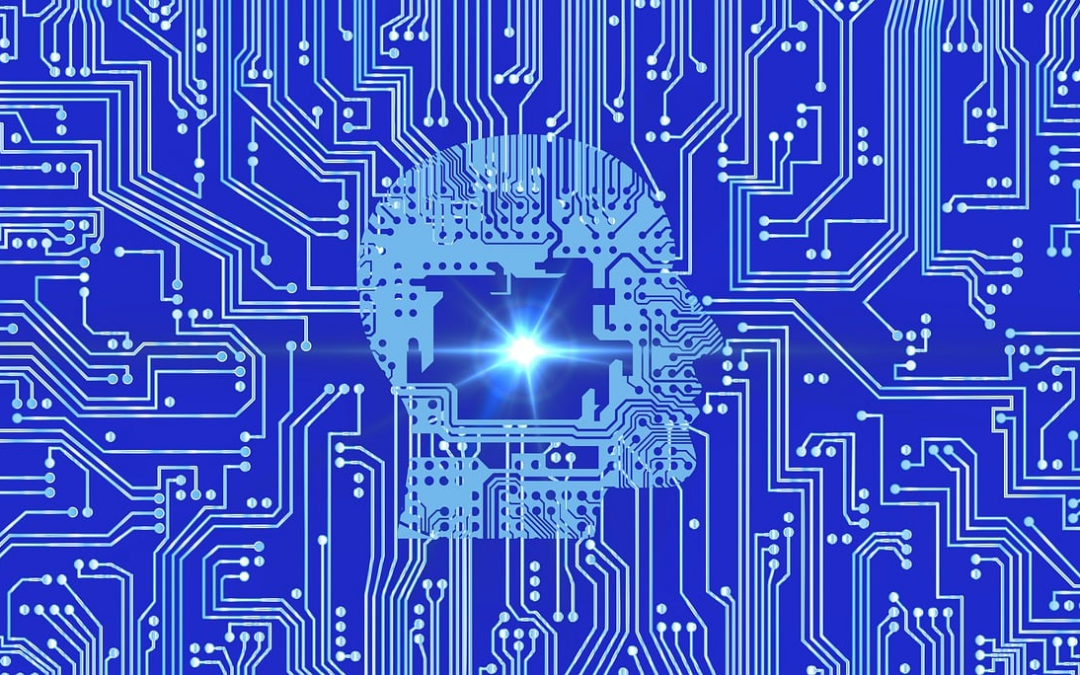The world of computers and the Internet has never stopped evolving since its creation. In perpetual motion, it is the result of protean reflections and thoughts. These mix the technical and physical reality of the components, science and mathematics, with the ambitions and desires of different actors, often bordering on science fiction. These actors are more and more powerful as their place grows in the daily life of the inhabitants of our planet. On every continent, the advent of smartphones, high-speed connections and the development of online commerce have propelled digital business to the forefront of the world’s most dynamic activities.
But all these actors and activities would be nothing without one of the foundations of computing, right from its origin: robots. These programs, whose main objective is the automation of a human task, have played a fundamental role in the evolution of functional proposals, tools and online processes. Created from scratch by developers to execute commands, these bots continue to play a major role and that’s what we’ll talk about here.
From robot to chatbot, when programming is at the service of the user
Obviously, the current trend with the arrival of the Chatbot GPT is to focus on artificial intelligence, we will come back to that. But there was a lot before that!
If the majority of the billions of computer bots that operate on the Internet are invisible to Internet users, some have started to present themselves directly to them, under different aspects.
Let’s remember that the only role of a robot is to simply and faithfully carry out the missions it has been given. These missions are entirely planned, supervised and anticipated by their creators. No room is left for chance and if a mistake is made by the robot, we know that the origin is in the development code and not elsewhere. These bugs often appear during the test phase, before the robot is put into service.
Robots therefore interact with humans, through interfaces designed and integrated to facilitate the user experience and ensure that the planned mission can proceed as intended. Once more, the exchange of data between the user and the robot is a matter of perfectly anticipated programming.
More advanced robots were created almost 10 years ago, the chatbots. These interpersonal communication tools simulate a real exchange between two humans. The user can submit questions to the robot to get answers. The user can also progress in a carefully prepared scenario where outcomes are proposed according to the path chosen by the human being.

The power of chatbots lies in the exploitation of a database that can be enriched over time to improve the service provided by the robot and provide increasingly relevant answers to users. The strength of the robot, as of any machine, is that it has no rest period (apart from its scheduled and announced maintenance) and that it is therefore available 24 hours a day. This substitute of the human being to come to inform on questions or precise subjects, will know other revolutions with time, by proposing not only information, but also advice.
This is a fundamental and structuring nuance that implies an analytical processing of what the human being formulates, in order to adapt, in a more refined and relevant way, the answer provided.
Machine learning and artificial intelligence: when machines are freed up or almost
It took a long time, but here we are: machines are now becoming more autonomous and are able to offer more than just the fruit of their binary reaction.
This is achieved through what is called machine learning and is based on a simple concept: the analysis that a machine can produce to improve its response to a particular situation and context can only come from experience. It is experience, the passing of time, the learning of past facts that allows, as in humans, to form an opinion, to have a point of view and even to argue it.
One of the most telling examples of machine learning is Google’s ReCaptcha program. It has enabled machines, through billions of interactions with humans, to learn to recognize words, shapes, sounds, images. By showing a machine not once or twice, but millions of times what a crosswalk, a staircase or a traffic light is, the machine is then able to be certain of what it sees. It has learned this from numerous examples.
This is the basis of what we know today with ChatGPT, which will revolutionize the chatbot as we know it. Companies are seizing on this advanced artificial intelligence technology where the machine doesn’t just say, but thinks, draws on its knowledge and adapts its response, its speech for an ever more effective result.
We can therefore predict that this tool or this type of robot will gain in competence in the months to come, especially thanks to the craze it generates among millions of people around the world.
ChatGPT is now a leader in the field because it can build structured and powerful answers in written form or in the form of a fully constructed image. Of course, like any artificial intelligence, the tool can be improved and is constantly being perfected. It relies on its experiences, exchanges and interactions with the user, which it is able to analyze and interpret to modify its level of knowledge and relevance. It is also based, more simply, on the permanent consideration of the contents and information present on the web.

